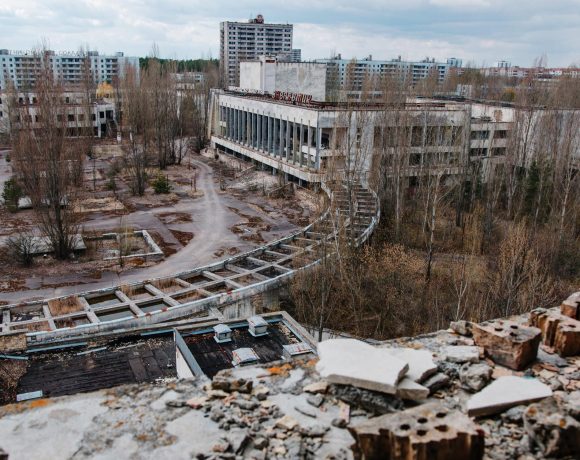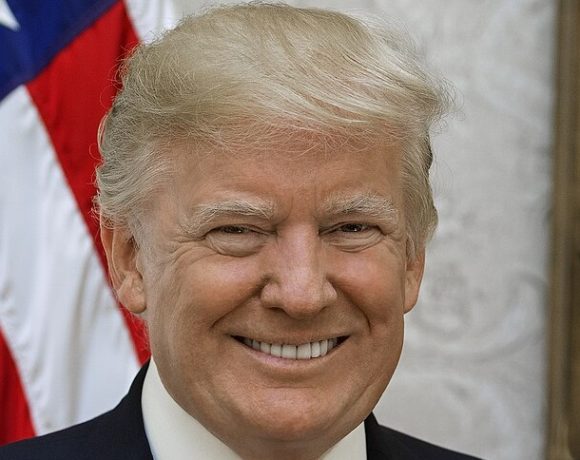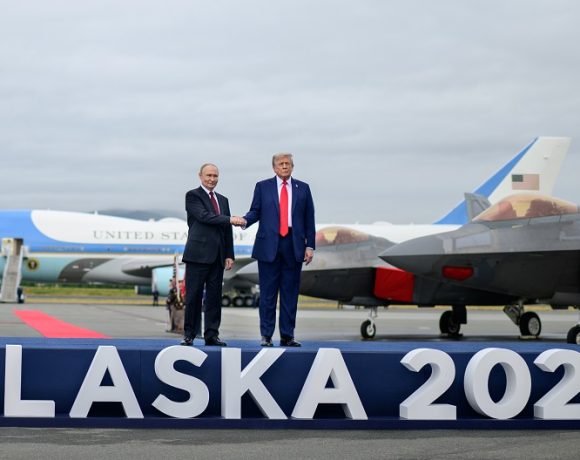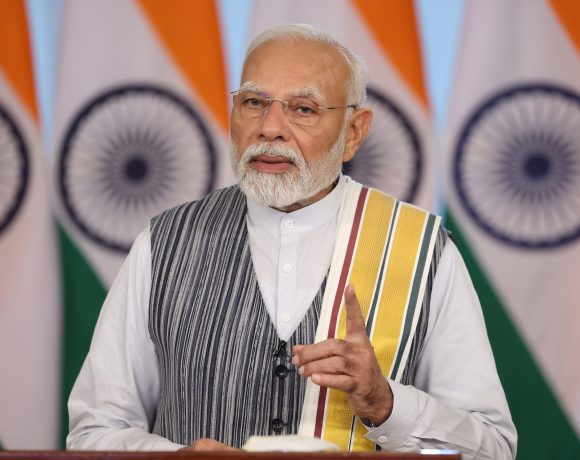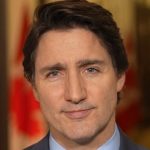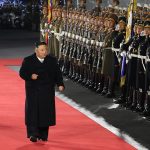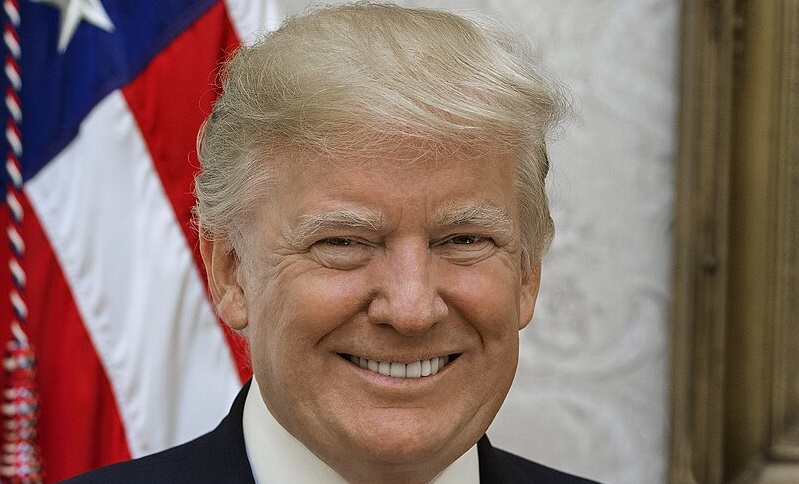
Trump Administration Plans Major Reduction in USAID Workforce
The Trump administration has announced a significant reduction in the workforce of the U.S. Agency for International Development (USAID), aiming to decrease the number of staff to fewer than 300 from the current approximately 8,000 direct hires and contractors. This move follows a 90-day freeze on foreign assistance implemented by President Donald Trump on his first day in office.
Implementation of Staff Reductions
Following the initial freeze, Peter Marocco, a returning political appointee from Trump’s first term, interpreted the order stringently, leading to the shutdown of thousands of programs worldwide and resulting in furloughs and layoffs. Dozens of senior officials have been placed on leave, thousands of contractors have been dismissed, and employees were instructed not to enter USAID’s Washington headquarters. Additionally, USAID’s website and its social media accounts have been deactivated.
Restricted Communication and Oversight Challenges
The administration has prohibited USAID staff from communicating with individuals outside the agency. On Monday, federal law enforcement officers barred Congressional Democrats from entering the USAID building, restricting lawmakers’ access to even the public lobby of the agency’s headquarters. This action has raised concerns about transparency and oversight, especially as it follows criticism directed at Elon Musk and members of his Department of Government Efficiency (DOGE) task force for accessing internal government systems without official authorization.
Impact on Global Aid Programs
USAID, with a workforce that includes approximately 5,000 locally hired international staff, manages numerous life-saving programs globally. The planned staff reductions are expected to significantly affect these initiatives, potentially disrupting essential services in vulnerable regions. The administration has indicated that some critical programs will continue temporarily, but the long-term future of many aid projects remains uncertain.
Conclusion
The proposed downsizing of USAID represents a substantial shift in U.S. foreign aid policy, with far-reaching implications for international development efforts. As the administration moves forward with these plans, the global community watches closely, considering the potential impacts on humanitarian assistance and international relations.


